
Sustainable consumption - The life cycle of a product
Objective:
Learners examine the life cycle of a product and recognize the ecological and social impact of production, use and disposal. They reflect on how consumer decisions can influence sustainability and develop an awareness of responsible consumption.
Content and methods:
The worksheet addresses the entire life cycle of a product - from raw material extraction, production and transportation to use and disposal. From the perspective of the product, learners analyze the ecological and social impact of the individual phases. Through critical reflection and discursive tasks, they deal with sustainable alternatives and possible improvements.
Competencies:
- Understanding ecological and social interrelationships along the value chain
- Critical thinking and reflection on consumer behavior and sustainability
- Evaluation and discussion of production and disposal processes
- Development of solutions for sustainable consumption and resource conservation
Target group and level:
From grade 7 onwards
354 other teachers use this template
Target group and level
From grade 7 onwards
Subjects
Sustainable consumption - The life cycle of a product

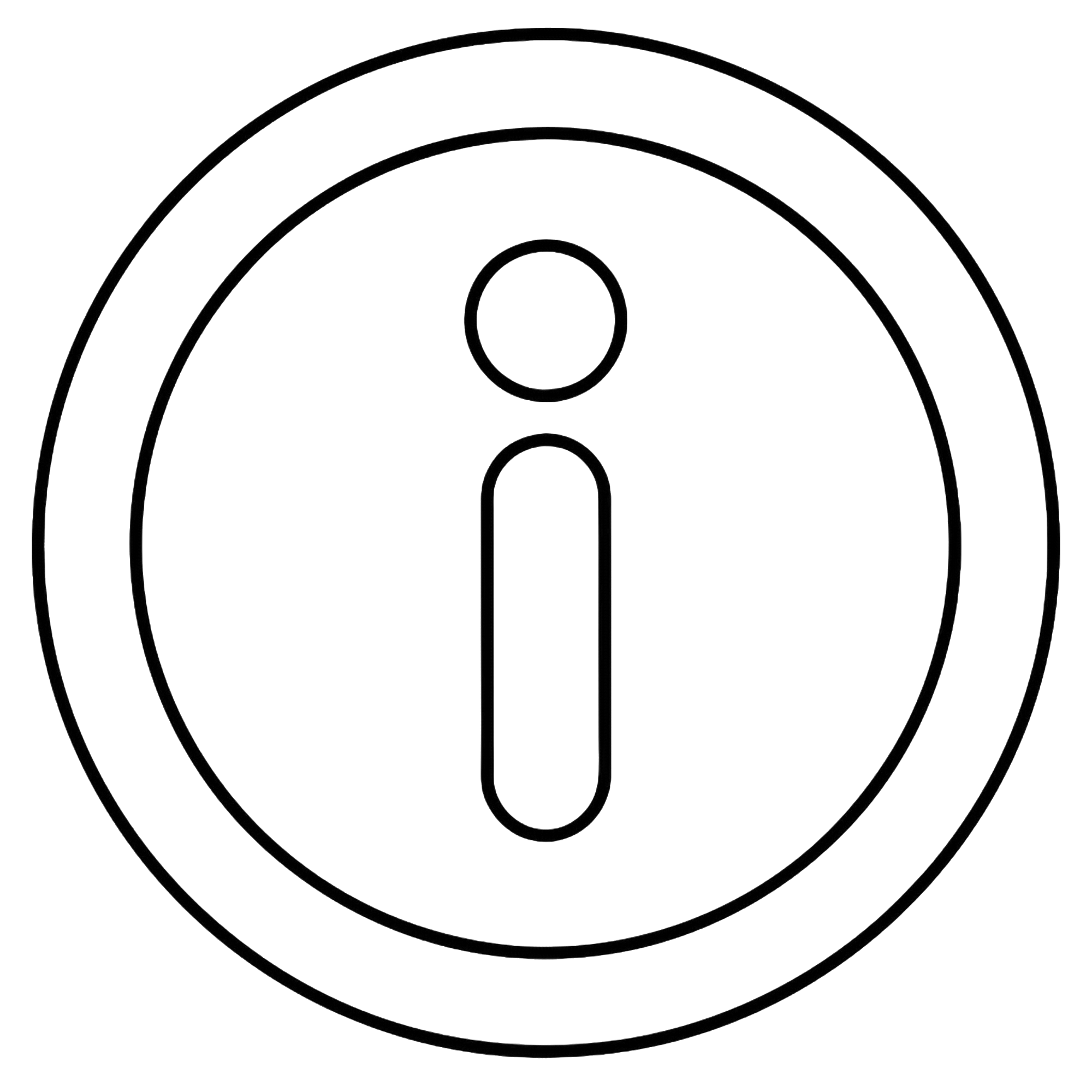
Introduction
Every product has its own story, from production to the end of its use. But what happens on this journey? In this worksheet, you will learn about the life cycle of a product - from the extraction of raw materials to production and disposal/recycling.

Raw material extraction
Where do I come from
Hello! Let me tell you where I come from. My journey begins in the vast fields of the United States, India, and China, where cotton is grown. Growing cotton is quite demanding, requiring around 10,000 liters of water for me. To ensure the cotton plants thrive, pesticides like glyphosate are sprayed on them. I feel bad for the workers who come into contact with these toxic substances while working under hot and dusty conditions.
But that's just the beginning. Another part of me, polyester, comes from massive factories in China and the USA, where petroleum is transformed into synthetic material. The huge machines and chemical processes are impressive but also dangerous. The workers have to labor intensively and be cautious about inhaling toxic fumes. Producing polyester emits approximately 5.5 kg of CO2 per kilogram, adding to my environmental footprint.
Then there are the dyes that give me my vibrant color. These dyes, mostly synthetic indigo and azo dyes, are produced in chemical factories in China and India. They are cooked in large vats, and the work is tough. The air in these factories is often filled with chemicals like formaldehyde and benzidine, making the workers sick sometimes.
After all these adventures, I travel on huge container ships to reach production sites, mainly in China. The transportation adds about 1.5 kg of CO2 emissions per piece of me. It's incredible how far I have to journey before I finally come to life. Can you guess what I will become after all these experiences?
📝 Task
Draw the places and routes that the product travels here. Start with the places where the raw materials are extracted and add to the map during the next stations.
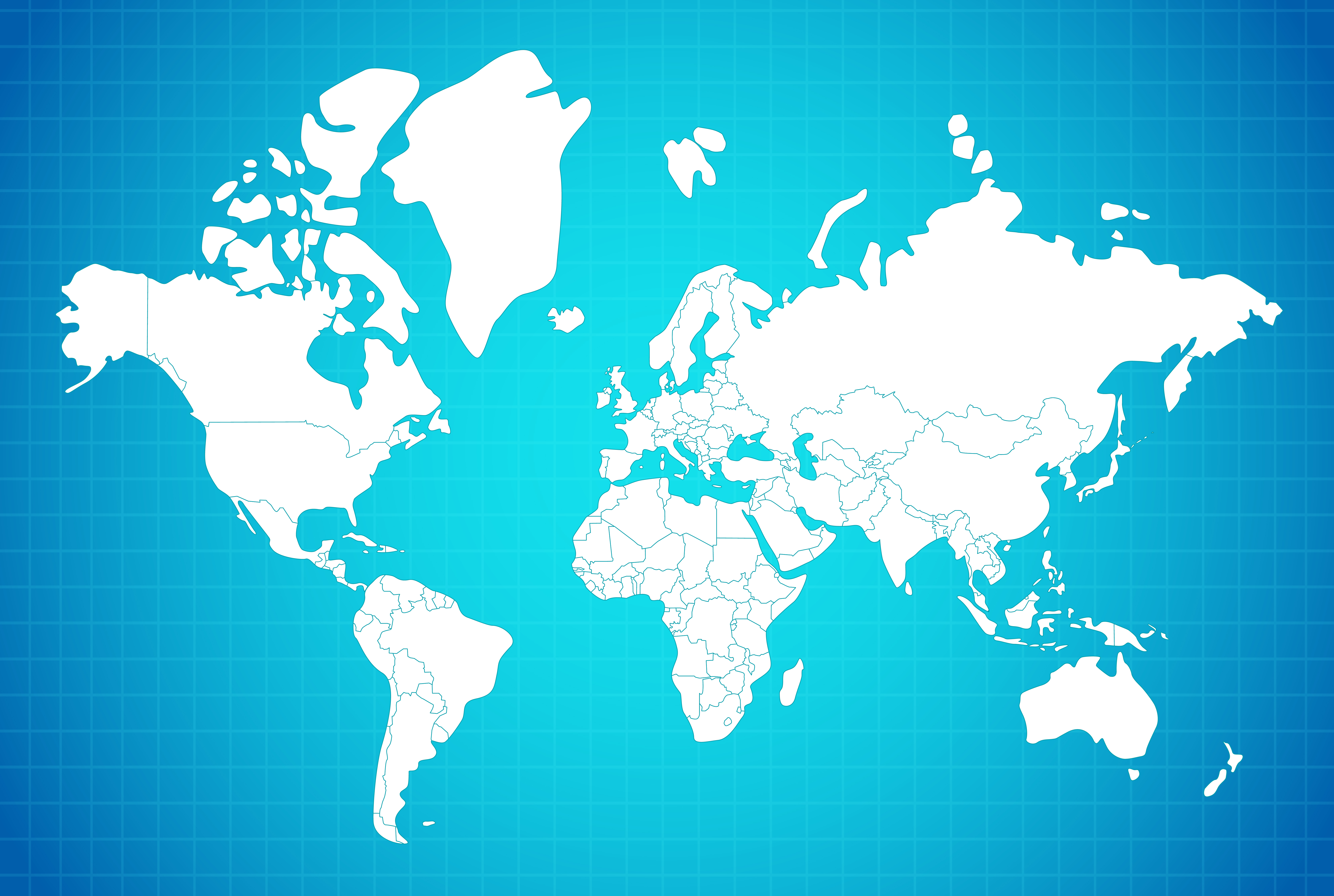

Production
The next stop
After my long journey from the cotton fields of the United States and the polyester factories in China, I finally land in a massive factory in Bangladesh. Here, I will finally take my final form and become a pair of jeans.
The first step in my production chain is spinning and weaving. In a gigantic hall filled with countless machines, I am transformed into fine threads. The sounds of the looms working tirelessly fill the air. It's a complex process that requires a lot of skill and precision. The workers here are experienced, but their working conditions are far from ideal. Long shifts, low wages, and little safety define their everyday life. Many of them work more than twelve hours a day and earn only a fraction of what their work is really worth. The effects of outsourcing and globalization are apparent as the production steps are distributed across different countries.
Next, I am dyed. The dyeing process is intense and chemical. I dive into large vats of indigo dye, giving me my characteristic blue color. Chemicals like sodium hypochlorite and potassium permanganate are used to achieve the perfect color and desired used look. These substances are not just harmful to the environment but also to the health of those who have to work with them. Protective clothing is scarce, and the toxic fumes are everywhere. Despite the fans trying to circulate the air, the atmosphere remains stuffy and burdensome.
After dyeing, I am bleached and washed. Large machines filled with pumice stones scrub my surface to make me softer and more comfortable. The energy consumption in this phase is high – about 8 kWh per pair of jeans. The machines run incessantly while I am transported from one station to the next. It feels like being trapped in an endless cycle of water and chemicals.
The final step in the factory is sewing. Skilled hands guide me through sewing machines, bringing me into my final form. Pockets, seams, and zippers are carefully attached. But even here, the working conditions are tough. The sewers work in cramped spaces, often without adequate ventilation, and the noise from the machines is deafening. Breaks are rare, and the pressure to produce high quantities is omnipresent. Every mistake can lead to deductions from the already meager wages.
The impacts of the global supply chain are visible as my production involves multiple countries. From raw material extraction to the final stitching, my journey is filled with challenges. But my adventure is far from over. Where will I go next? Will I be transported to a warehouse and eventually end up in the hands of a new owner? The journey continues, and I am ready for whatever comes next.
📝 What are the arguments for and against outsourcing production? Allocate.
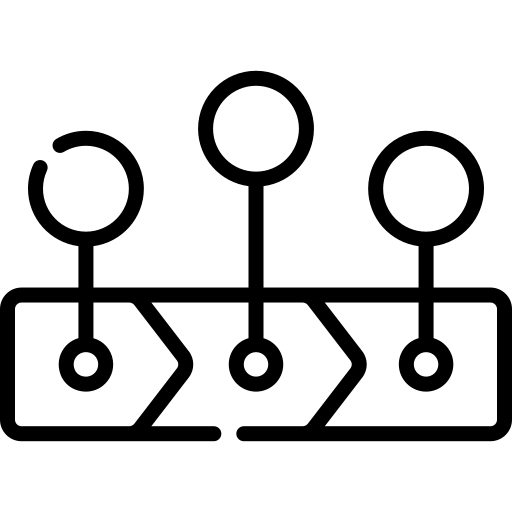
Transportation
The journey continues
After the exhausting production process in Bangladesh, it's finally time for my next leg of the journey. I am carefully packed and loaded into a huge container. I swap the hot and stuffy factory hall for the cramped space of a container. Alongside countless other pairs of jeans, I embark on the long voyage to Germany.
On a gigantic cargo ship, I am transported across the Indian Ocean and then through the Suez Canal. The journey is long and monotonous. We are in complete darkness, with only the faint hum of the ship's engines to keep us company. The people on board work hard and under difficult conditions, often away from their families for long periods.
After weeks at sea, we finally reach a European port. But my journey isn't over yet. From the port, I am transferred onto a truck. The ride through various European countries begins. The roads are bumpy, and the truck winds through narrow mountain passes and wide plains.
The truck driver has a tough job. Long hours behind the wheel, little sleep, and always under time pressure. His rest stops are often just poorly equipped parking lots along highways. But he safely navigates us through the final kilometers.
In total, my journey causes about 2.7 kg of CO2 emissions. Finally, I arrive at a warehouse in Germany. Here, I wait to be taken into the hands of my new owner. The journey has been long and arduous, but I am excited to see what comes next.
📝 Mark the correct answer with a cross.
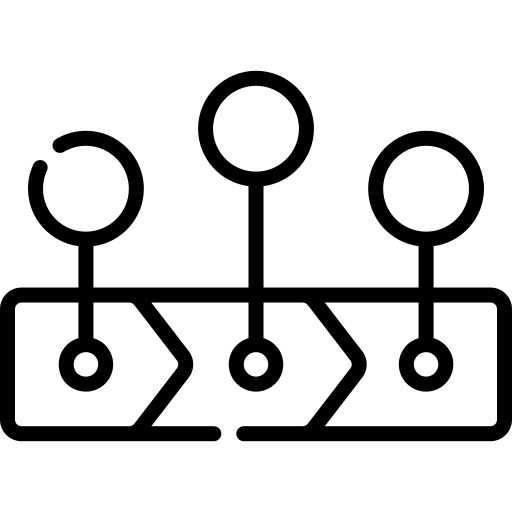
Utilization
My new home
Finally, I'm out of the warehouse and placed in a trendy store. I proudly hang on a clothes hanger, surrounded by other garments. The air is filled with anticipation and curiosity. Every day, I watch as customers come and go until one person finally chooses me. My fabric tightens with excitement as they try me on. I fit perfectly and am purchased.
My journey takes me to a new home. This is where the real adventure begins. I am worn frequently, and each time I am put on, I feel my wearer's enthusiasm. They appreciate my durability and resilience. Whenever I'm outside, I feel the wind and sun on my fabric. I am proud of how I look and how I hold up.
But life isn't always easy. After a few months, I show signs of wear. My seams weaken, and my fabric tears in some places. The washing process is a regular challenge. I feel chemicals like sodium hypochlorite and potassium permanganate penetrating my fabric. I always hope that no harmful residues like formaldehyde remain on my surface to protect my wearer.
Over time, I become a familiar companion. I am present at many important moments – walks in the park, meetings with friends, even trips. One day, when I am finally too worn out to be worn any longer, a decision is made: disposal or recycling. I hope for a second life.
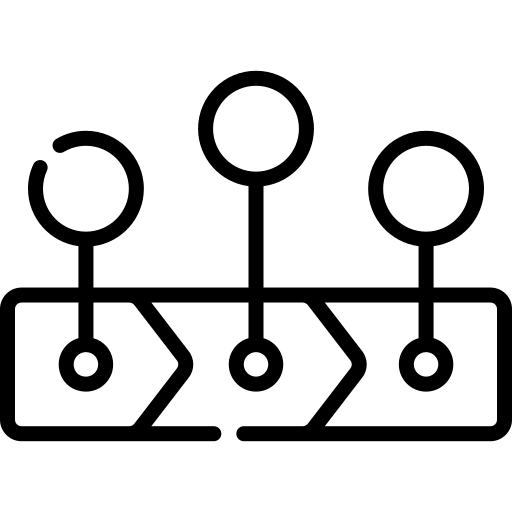
Waste disposal
The Last Adventure
I lie in a large, noisy room, surrounded by countless other garments that have also reached their end. The air is heavy and oppressive, but I'm curious about what comes next. I've heard that we might end up in a place called a landfill. The idea is a bit scary, but also exciting – one last adventure.
As I wait for someone to pick me up, I think about all the moments I've experienced. I've been a loyal companion and have many stories to tell. But now it's time to make room for something new. I've heard that here in Germany, about 1.2 million tons of textile waste are produced every year. That sounds like a huge amount, and it's a bit sad to be part of it.
Suddenly, I am moved and thrown into a large container. It's dark and cramped, and I feel myself being pressed against other fabrics. The journey to my final destination begins. The world outside rushes past me, and I feel the vibrations of the truck transporting me. I wonder what will happen to the chemicals like formaldehyde that might still be in my fabric. Will they harm the environment? I hope not, because I wish for the earth to be a better place.
When I finally arrive, I am thrown onto a huge pile of other clothes. This is where my journey ends. It's not the happy ending I had hoped for, but it's my end.
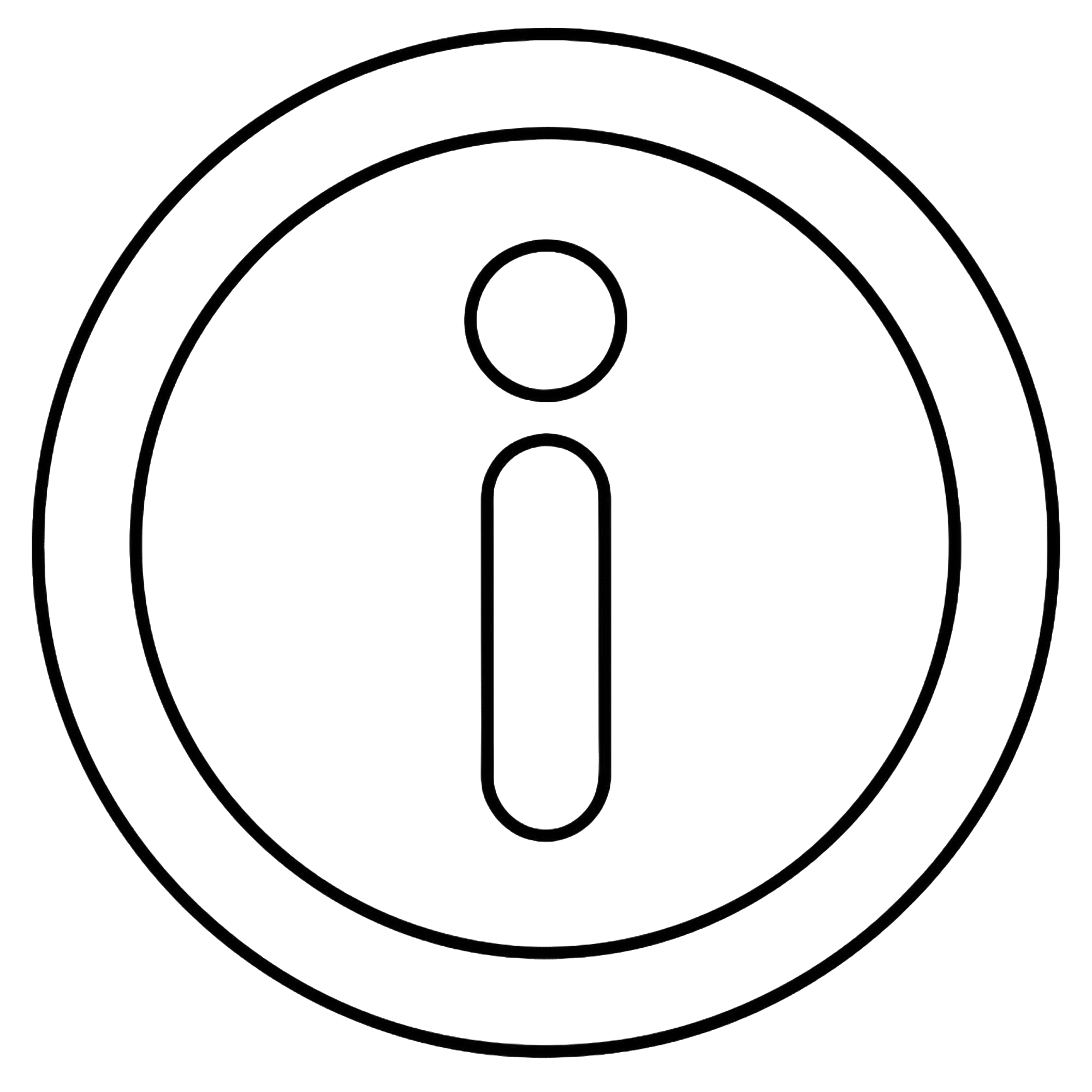
Info
Many companies explain that they maintain their production methods in order to keep costs low and thus offer their consumers low prices. However, these practices often lead to major environmental and social problems.
